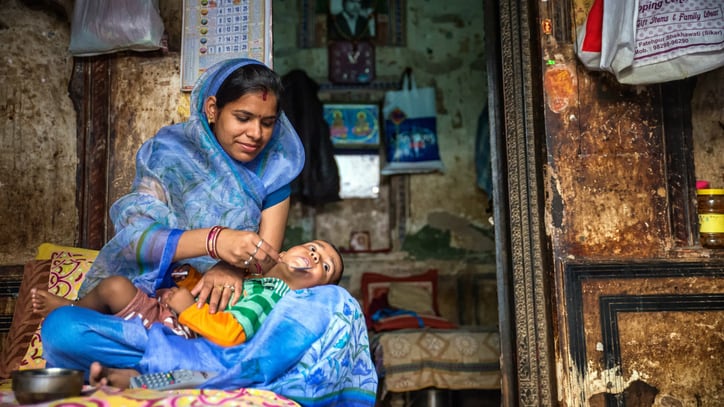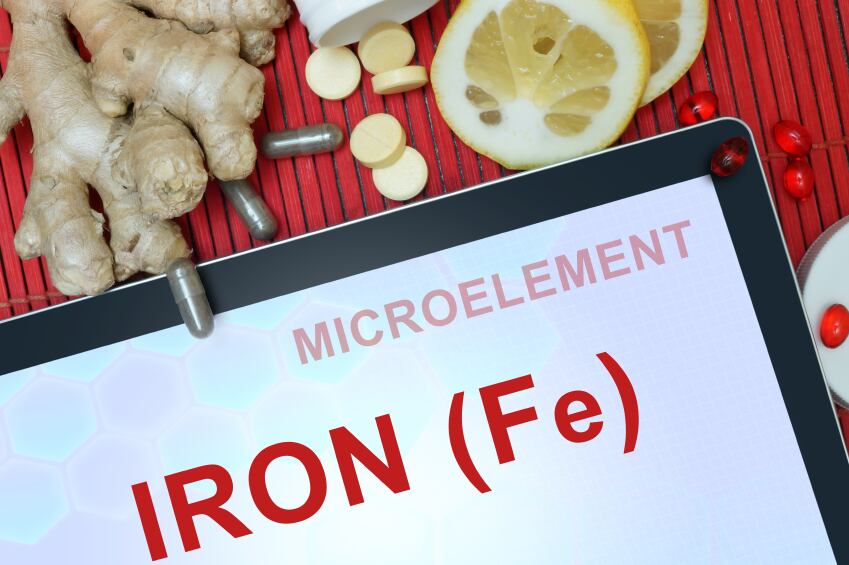Called the Integrated Child Development Services (ICDS) programme, it is one of the largest government-run, community-based nutrition initiatives in India. It provides food and primary healthcare to pregnant and lactating women, and children below the age of six.
The study's authors used data from the 2005 — 2006 and 2015 — 2016 National Family Health Survey to assess equity related to programme expansion, and reported that the its reach rose significantly from 2006 to 2016.
They wrote: "While the 2006 round was representative at the state level, the 2016 survey was representative at both the state and district levels. We used data from the data sets for households (109,041 in 2006 and 601,509 in 2016), women (138,592 in 2006 and 749,344 in 2016) and children (36,850 in 2006 and 190,804 in 2016)."
Conducted by researchers at the International Food Policy Research Institute (IFPRI), the study is said to be the first to include an in-depth analysis of the utilisation and effectiveness of the ICDS programme.
The report, which will be published in April in the Bulletin of the World Health Organization, was co-authored by IFPRI's Kalyani Raghunathan, Purnima Menon, Phuong Nguyen and Harold Alderman, along with Suman Chakrabarti from the University of Washington.
Using socioeconomic quintile, caste, education level and residence (rural or urban), they evaluated changes in the equity of use of the programme’s services. They also used regression models to investigate the determinants of programme use.
Supplementation surge
They subsequently reported that the proportion of people benefiting from programme services increased significantly between 2006 and 2016, from 9.6% to 37.9% for supplementary food, 3.2% to 21.0% for health and nutrition education, 4.5% to 28% for health check-ups and 10.4% to 24.2% for child-specific services such as immunisation and growth monitoring.
The frequency of monthly supplementary food for children also rose by eight percentage points within this decade.
Apart from Chhattisgarh, Jharkand and Tamil Nadu, food supplementation provided during pregnancy and lactation was under 25% in most Indian states in 2006. However, by 2016, this increased in nearly every state 10 years later.
Food supplementation in childhood saw the largest growth among the ICDS services, reaching over 50% in Andhra Pradesh, Jharkand, Madhya Pradesh, Tamil Nadu and Uttaranchal.
Most needy still lacking
These improvements were particularly evident among historically underprivileged castes, but the lowly-educated women and the country's most impoverished households have benefited the least from the programme. In addition, high malnutrition rates remain prevalent across different states.
Wealth, maternal education and caste showed the greatest positive associations with the use of these services. Expansion of service usage varied at the sub-national level — despite overall use improving and reaching marginalised communities (such as disadvantaged castes and tribes), the Indian population's poorest quintiles were still excluded.
This was most prevalent in the country's largest states, Bihar and Uttar Pradesh, both of which have the highest burden of under-nutrition in India.
Though both states saw minor improvements in 2016, they remain far behind national averages. According to Raghunathan, the programme's poor showing in the most impoverished states could lead to 'major exclusions'.
She added that even in states that had shown more improvement compared to Uttar Pradesh and Bihar, many of the poor had been excluded because there were difficulties reaching more secluded areas.
Obstacles and observations
The main obstacles to further progress in these areas include population size and diversity, financial constraints, a lack of awareness, and the decentralisation of state-level implementation.
The researchers acknowledged the need for further insight in order to improve the quality of the ICDS programme. Previous studies on the programme had already highlighted key programme elements, such as convergence and food supplements, as they required special attention in order to make sure women and children could receive better services.
They wrote: "India's policy reforms have increased coverage of the programme at the national level, including for marginalised groups. With further scaling-up, the programme needs to focus on reaching households from the lowest socioeconomic strata and women with low education."
Read the full report here.



